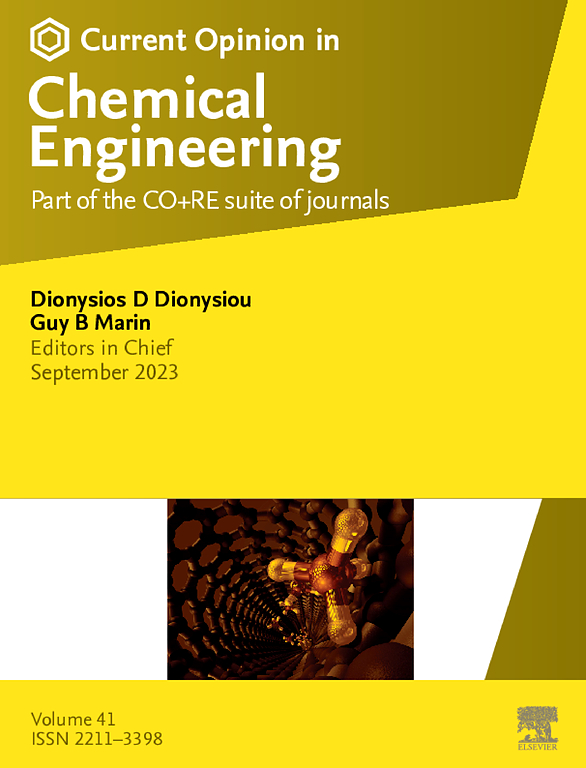Recent progress on Z- and S-scheme photocatalysis: mechanistic understanding toward green applications
IF 6.8
2区 工程技术
Q1 BIOTECHNOLOGY & APPLIED MICROBIOLOGY
引用次数: 0
Abstract
Photocatalysis has been widely used to address the environmental issues and energy crises that threaten the future of planet Earth. One of the main drawbacks to developing photocatalysts for practical applications is the electron–hole recombination concept, which seriously hinders the photoreaction rate. To resolve this, heterojunctions with different patterns, including Z and S schemes, showed great potential to enhance photoactivity and thus attracted increasing attention. Herein, we concisely reviewed recent progress in various types of such systems, focusing on the mechanistic understanding of clean energy and environmental applications. The principles of constructions based on optoelectronic properties and semiconducting behavior are comprehensively discussed. The advantages and disadvantages of each system are also considered to make a logical conclusion and inspirational perspectives.
Z 型和 S 型光催化的最新进展:对绿色应用的机理认识
光催化技术已被广泛用于解决威胁地球未来的环境问题和能源危机。开发光催化剂用于实际应用的主要缺点之一是电子-空穴重组概念,这严重阻碍了光反应速率。为解决这一问题,不同模式的异质结(包括 Z 和 S 方案)在提高光活性方面显示出巨大潜力,因此受到越来越多的关注。在此,我们简要回顾了各种类型此类系统的最新进展,重点关注对清洁能源和环境应用的机理理解。我们全面讨论了基于光电特性和半导体行为的构造原理。我们还考虑了每种系统的优缺点,从而得出合乎逻辑的结论,并提出了具有启发性的观点。
本文章由计算机程序翻译,如有差异,请以英文原文为准。
求助全文
约1分钟内获得全文
求助全文
来源期刊

Current Opinion in Chemical Engineering
BIOTECHNOLOGY & APPLIED MICROBIOLOGYENGINE-ENGINEERING, CHEMICAL
CiteScore
12.80
自引率
3.00%
发文量
114
期刊介绍:
Current Opinion in Chemical Engineering is devoted to bringing forth short and focused review articles written by experts on current advances in different areas of chemical engineering. Only invited review articles will be published.
The goals of each review article in Current Opinion in Chemical Engineering are:
1. To acquaint the reader/researcher with the most important recent papers in the given topic.
2. To provide the reader with the views/opinions of the expert in each topic.
The reviews are short (about 2500 words or 5-10 printed pages with figures) and serve as an invaluable source of information for researchers, teachers, professionals and students. The reviews also aim to stimulate exchange of ideas among experts.
Themed sections:
Each review will focus on particular aspects of one of the following themed sections of chemical engineering:
1. Nanotechnology
2. Energy and environmental engineering
3. Biotechnology and bioprocess engineering
4. Biological engineering (covering tissue engineering, regenerative medicine, drug delivery)
5. Separation engineering (covering membrane technologies, adsorbents, desalination, distillation etc.)
6. Materials engineering (covering biomaterials, inorganic especially ceramic materials, nanostructured materials).
7. Process systems engineering
8. Reaction engineering and catalysis.
 求助内容:
求助内容: 应助结果提醒方式:
应助结果提醒方式:


